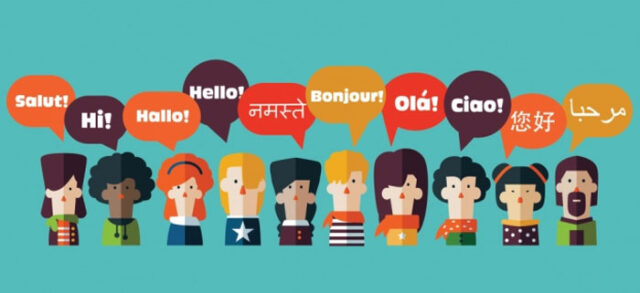In an increasingly globalized digital landscape, businesses are recognizing the importance of reaching a diverse audience by creating multi-language websites. Offering content in multiple languages not only expands your reach but also enhances user experience, boosts SEO, and builds brand credibility. However, developing a multi-language website comes with its own set of challenges. In this blog post, we’ll explore best practices to help you create a successful multi-language website.

Table of Contents
Toggle1. Plan Your Strategy Carefully
Before diving into the technical aspects, it’s crucial to plan your multi-language strategy. Consider the following:
- Identify Target Languages: Research your audience to determine which languages are most relevant. Focus on languages that reflect your customer base and potential markets.
- Assess Content Needs: Evaluate what content will need translation, including web pages, blogs, product descriptions, and marketing materials. Decide whether you will translate all content or only key pages.
2. Choose the Right Website Structure
The structure of your website plays a significant role in managing multiple languages. There are three common approaches:
- Subdomains: Example:
fr.yourwebsite.comfor French. This keeps language content separate and allows for easy management. - Subdirectories: Example:
yourwebsite.com/fr/. This structure is SEO-friendly and helps with overall site management. - Country Code Top-Level Domains (ccTLDs): Example:
yourwebsite.frfor France. This is beneficial for localized SEO but can be more challenging to maintain.
Choose the structure that best aligns with your brand’s goals and capabilities.
3. Utilize Professional Translation Services
While automated translation tools like Google Translate can be tempting for quick translations, they often lack the nuance and accuracy required for professional content. Consider the following options:
- Professional Translators: Hiring native-speaking translators ensures that your content is culturally relevant and accurately conveys your message.
- Localization Services: These services not only translate but also adapt your content to resonate with the local culture and audience preferences.
4. Implement hreflang Tags
Hreflang tags are essential for signaling to search engines which language and regional version of a page to serve to users. This helps avoid duplicate content issues and improves SEO. Implement hreflang tags in your website’s HTML to inform search engines about the language and regional targeting of each page.
5. Optimize for SEO in Each Language
SEO strategies can vary by language and region. Here are some tips to optimize your multi-language website:
- Keyword Research: Conduct keyword research for each target language. Search terms may differ based on cultural nuances and language structure.
- Meta Tags and Descriptions: Translate and optimize meta tags, titles, and descriptions for each language to improve search engine visibility.
- Content Quality: Ensure that all content, regardless of language, is high-quality and engaging to enhance user experience and encourage sharing.
6. Design for Multilingual User Experience
A user-friendly design is essential for a multi-language website. Consider the following:
- Language Switcher: Include a prominent language switcher on your website, making it easy for users to switch between languages. This can be a dropdown menu or a flag icon.
- Consistent Layout: Maintain a consistent layout across all language versions to avoid confusing users. However, consider cultural differences in design preferences.
- Right-to-Left Language Support: If you’re targeting languages like Arabic or Hebrew, ensure that your website supports right-to-left text formatting.
7. Test and Review Your Translations
Before launching your multi-language website, conduct thorough testing:
- Proofreading: Have native speakers review the translations for accuracy, clarity, and cultural relevance.
- Functionality Testing: Ensure that all links, buttons, and interactive elements work seamlessly in each language version.
- User Testing: Consider conducting user testing with native speakers to gather feedback on the overall experience.
8. Monitor Performance and Gather Feedback
Once your multi-language website is live, it’s essential to monitor its performance:
- Analytics Tools: Use analytics tools to track traffic, user behavior, and conversion rates for each language version. This helps identify areas for improvement.
- User Feedback: Encourage users to provide feedback on their experience. This can help you identify issues and enhance the overall user experience.
Conclusion
Creating a multi-language website can significantly enhance your brand’s reach and credibility. By following these best practices, you can ensure a smooth and effective implementation, providing an exceptional user experience for diverse audiences. As you expand your online presence, remember that a thoughtful approach to language and localization can pave the way for meaningful connections with customers around the world. Embrace the power of language and watch your business thrive on a global scale!


No responses yet